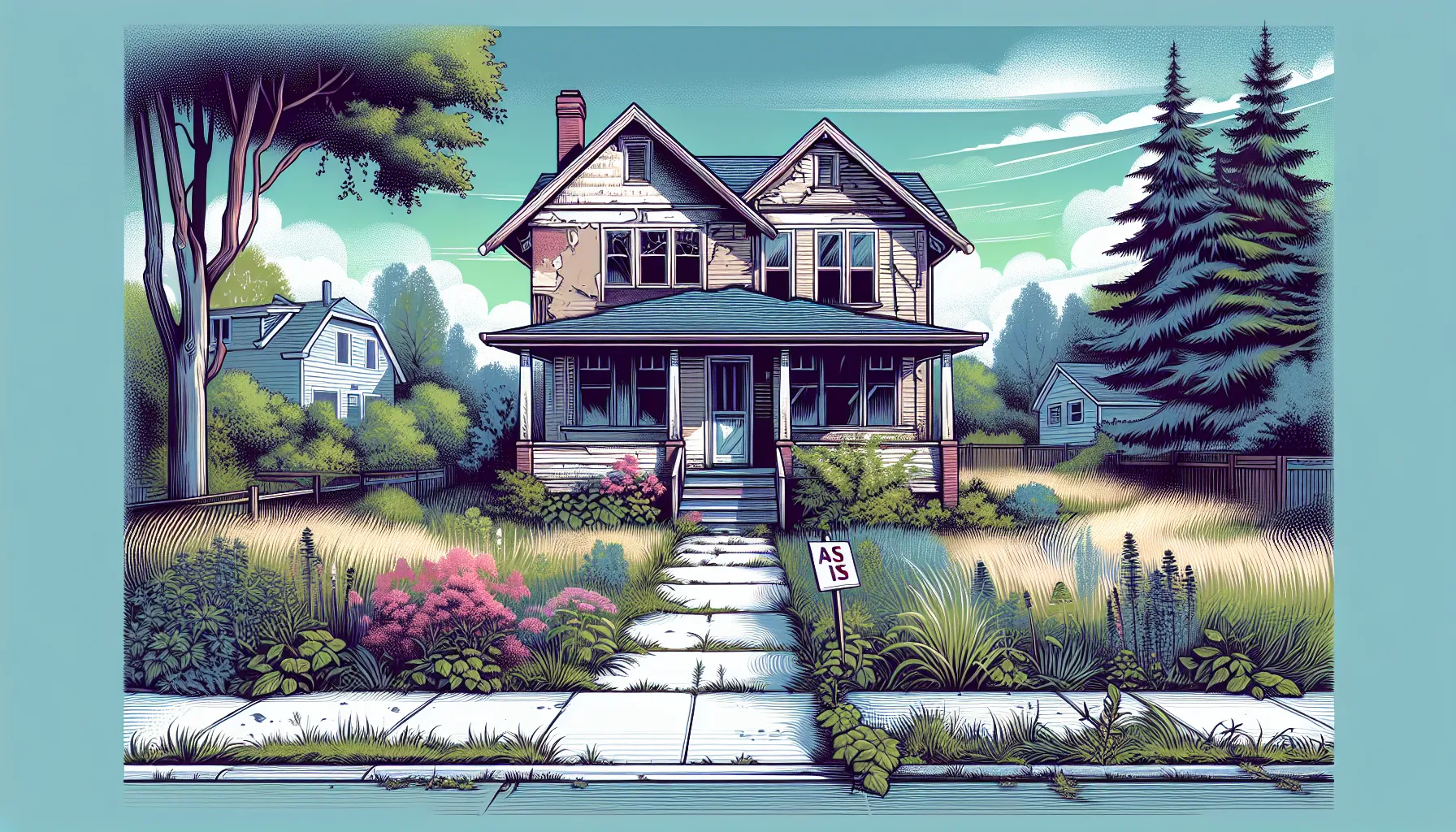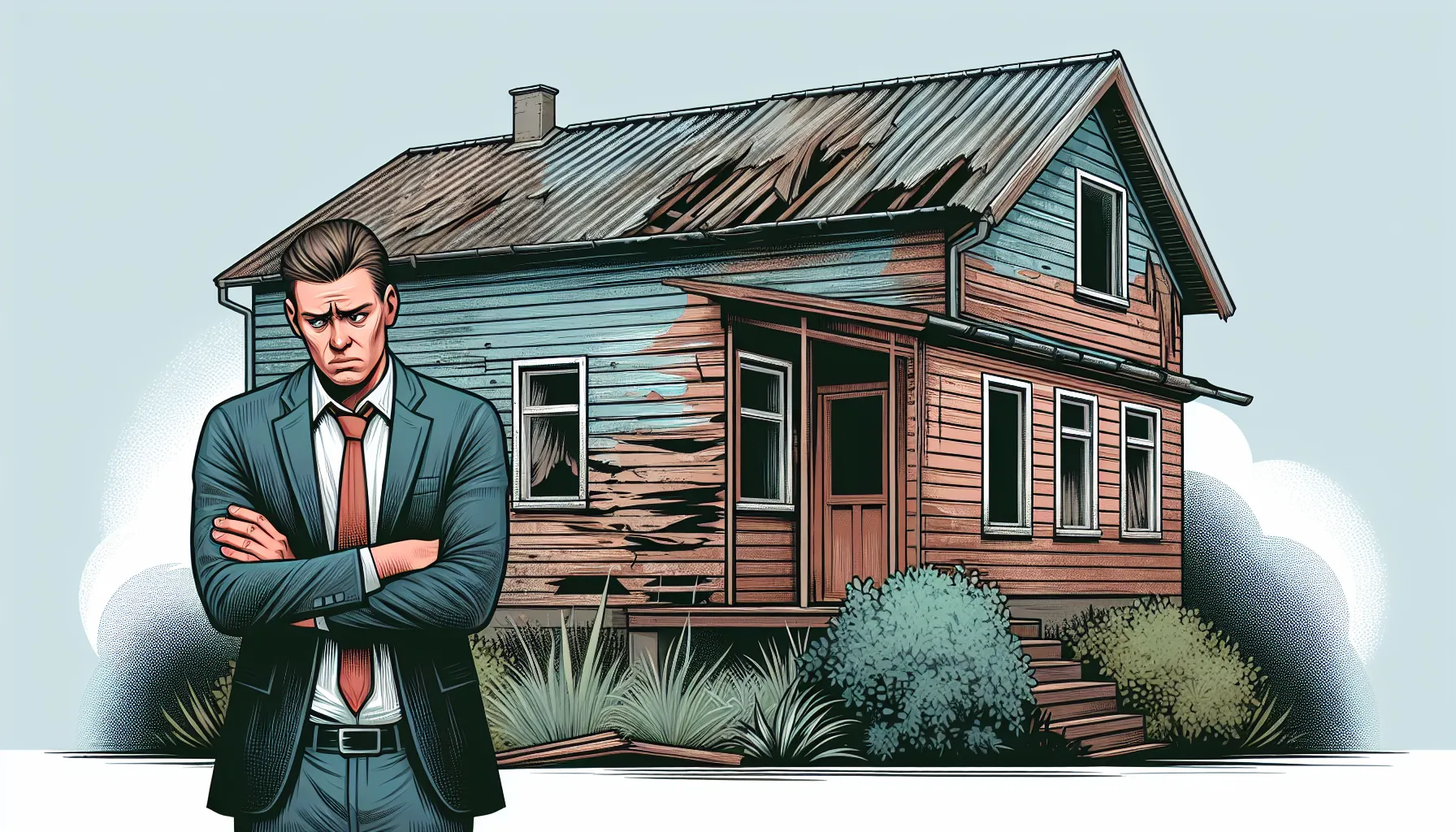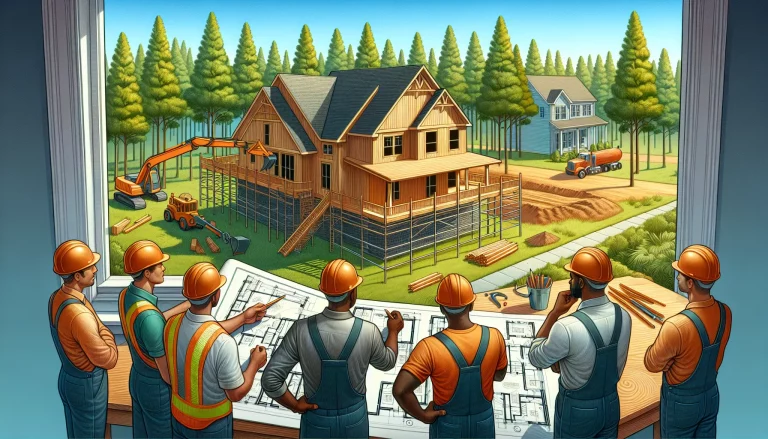Key Takeaways
- Selling As Is Offers Quick Transactions: Homeowners can expedite sales by attracting buyers looking for investment opportunities without the burden of repairs.
- Cost Savings on Repairs: Opting to sell a home as is eliminates the financial strain of renovations, enabling homeowners to retain more equity.
- Potential for Lower Offers: Expect lower selling prices as buyers often negotiate discounts based on necessary repairs or updates to the property.
- Limited Buyer Pool: Properties sold as is may attract fewer buyers, predominantly interested investors, which can restrict competition and offers.
- Importance of Competitive Pricing: Thorough market research and understanding the home’s condition are essential for setting realistic price expectations.
- Effective Marketing Strategies Enhance Visibility: Utilizing online platforms, showcasing unique features, and leveraging social media can attract interested buyers despite the home’s condition.
Selling a house as is can feel like a daunting task, but it doesn’t have to be. Many homeowners find themselves in situations where a quick sale is necessary, whether due to financial pressures or simply wanting to move on. By selling as is, we can skip the costly repairs and renovations, but it’s crucial to weigh the pros and cons before making this decision.
In this article, we’ll explore the benefits of selling as is, like saving time and money, alongside potential downsides, such as lower offers. We’ll guide you through the process of getting a fair price, ensuring you’re equipped with the knowledge to navigate this unique selling approach confidently. Whether you’re looking to sell quickly or just curious about your options, we’ve got the insights you need to make informed choices.
Selling a House As Is: Pros, Cons, and How to Get a Fair Price
Selling a house as is presents both advantages and disadvantages that homeowners should carefully consider. One significant benefit involves saving time and money. By choosing to sell without making repairs, we avoid costly renovations that might not yield a substantial return on investment. Homeowners in urgent situations, such as job relocations or financial hardships, often find this approach especially appealing.
However, potential downsides exist. Selling as is typically attracts lower offers from buyers, as many perceive the property’s condition as a negotiation point. Buyers may also request home inspections, leading to further price reductions. Those familiar with the market can help set realistic expectations about pricing when selling as is. We must understand that buyers often seek a discount to account for repairs, making competitive pricing essential.
To secure a fair price when selling as is, we can take several steps. First, pricing the property competitively encourages interest from potential buyers. Researching similar properties in the area provides insights into fair market value. Additionally, highlighting the property’s potential can attract buyers willing to invest in upgrades. Providing detailed disclosures about the home’s condition boosts transparency, fostering trust with buyers.
Open communication with a knowledgeable real estate agent can also help us navigate this process effectively. An agent can guide pricing strategies and marketing techniques tailored to highlight the property’s strengths. Knowing our audience is crucial; marketing towards investors or flippers helps pinpoint buyers who appreciate the as-is sale. Engaging in these strategies assists in mitigating the risks associated with selling a home without repairs.
Pros of Selling a House As Is

Selling a house as is presents distinct advantages, especially for those needing a swift transaction. We explore the primary benefits, which include a quick sales process and reduced repair costs.
Quick Sales Process
A significant advantage of selling a house as is is the expedited sales process. We can attract buyers looking for an investment opportunity without the additional burden of repairs. Many buyers, especially real estate investors, prefer houses that need work, viewing them as a chance to flip or rent out. This can lead us to receive offers quickly, often within weeks instead of months, allowing us to move forward with our plans. The urgency of our situation typically resonates with these buyers, further reducing the timeframe for negotiations and closing.
Reduced Repair Costs
Selling as is eliminates the financial burden of repairs and renovations. Homeowners often face substantial costs when getting a property ready for market, especially if extensive work is needed. By opting for an as-is sale, we avoid expenses for handyman services, materials, and time spent managing renovations. For example, the average cost of kitchen remodeling can exceed $15,000, and bathroom updates may run over $10,000, depending on the scope of work. By sidestepping these costs, we maintain more of our equity, ultimately maximizing our financial outcome from the sale.
Cons of Selling a House As Is

Selling a house as is often comes with notable disadvantages that we must consider carefully. Homeowners may face challenges that affect their selling experience and potential profits.
Lower Selling Price
Selling a property as is frequently results in a lower selling price compared to homes in better condition. Buyers may perceive the need for repairs or updates as a reason to negotiate for a lower price. Many buyers factor in repair costs when making offers, leading to instances where the sale price falls below market value. For example, a home that needs a new roof might receive offers that deduct thousands of dollars for necessary repairs. This pricing strategy can make it difficult for us to achieve the financial return we expect from the sale.
Limited Buyer Pool
Limited buyer pool represents another significant drawback of selling as is. Many buyers prefer move-in ready homes, which means they might overlook our property if it requires extensive renovation. This situation can restrict our options, as investors or cash buyers often dominate the market for as-is homes, potentially reducing competition and offers. For instance, a family looking for their dream home might pass on a property needing updates, limiting our chances of attracting a wider audience. Consequently, understanding our target market is crucial for navigating these limitations effectively.
How to Get a Fair Price
Pricing a home correctly ensures a better chance of receiving a fair offer when selling as is. We must start by understanding market value and setting expectations based on real conditions. Sellers can assess comparable properties in their neighborhood to gauge the typical selling price. Researching recently sold homes that share similarities in size, location, and condition offers valuable insights. It’s critical to adjust our expectations based on the home’s current state, as buyers seek value for their investment.
Understanding Market Value
Understanding market value significantly influences our pricing strategy. We analyze the local real estate climate, considering factors like property condition and neighborhood demand. Homes in poor condition often sell at discounts compared to move-in-ready homes. A comparative market analysis (CMA) can reveal how similar properties were priced, helping us set a competitive price point while accounting for necessary repairs. Additionally, exploring data on how long comparable homes stayed on the market informs us of potential buyer interest at specific price levels.
Effective Marketing Strategies
Effective marketing strategies enhance the visibility of our property, attracting potential buyers. We can start by utilizing online platforms that cater to buyers interested in properties sold as is. High-quality photographs showcasing the home’s unique features, even in its current state, create a positive initial impression. Additionally, composing a clear, honest listing description that emphasizes the home’s potential encourages buyers to envision future possibilities. Using social media to reach a broader audience also boosts awareness. Building relationships with local real estate agents can also provide access to their networks, increasing our chance of finding the right buyer quickly.
Engaging in these strategies not only positions our home favorably in the market but also highlights readiness to sell. Ultimately, understanding market value combined with effective marketing leads to offers that reflect the home’s true worth, even in its as-is condition.
Conclusion
Selling a house as is can be a strategic choice for many of us facing time constraints or financial considerations. By understanding the pros and cons we can navigate the process more effectively and make informed decisions.
Implementing the right strategies helps us attract the right buyers and secure a fair price. Whether it’s highlighting the home’s potential or pricing it competitively, our approach can significantly impact the outcome.
Ultimately, with the right preparation and guidance, we can turn the challenges of selling as is into opportunities, ensuring a successful sale that meets our needs.
Frequently Asked Questions
What does selling a house as is mean?
Selling a house as is means putting the property on the market without making any repairs or renovations. Homeowners can sell quickly, avoiding costly updates while attracting buyers who are prepared to invest in the necessary improvements.
What are the advantages of selling a house as is?
The main advantages include saving time and money on repairs, quicker sales, and attracting investors looking for properties to renovate. This can lead to offers coming in within weeks rather than months.
What are the downsides of selling a house as is?
Downsides include the potential for lower offers since buyers may negotiate based on the home’s condition. Additionally, the market may have fewer buyers interested in properties needing work, reducing competition and offers.
How can I secure a fair price when selling as is?
To secure a fair price, price the property competitively, conduct market research, and highlight its potential. Providing detailed disclosures about the home’s condition builds trust, and working with a knowledgeable real estate agent can enhance pricing strategies.
Should I disclose the home’s condition when selling as is?
Yes, disclosing the home’s condition fosters trust with potential buyers and can prevent future disputes. Being transparent about repairs needed helps buyers set realistic expectations and can lead to smoother negotiations.
How do I market a house being sold as is?
Market a house as is by utilizing online platforms, showcasing key features with high-quality photos, and crafting clear, appealing listings. Highlight the property’s potential and any unique attributes to attract the right buyers.
Is it faster to sell a house as is compared to traditional sales?
Yes, selling as is often leads to a quicker transaction, sometimes resulting in offers within weeks. This speed attracts buyers looking for investment opportunities or those who prefer not to wait for repairs to be completed.
Who typically buys houses sold as is?
Investors, flippers, and buyers looking for a renovation project typically buy houses sold as is. They often see potential value in properties needing work and are willing to invest time and money into improvements.






